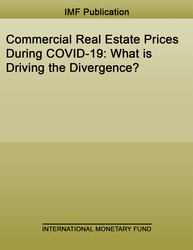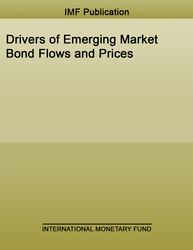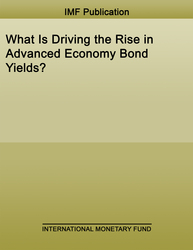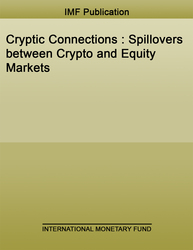
Commercial Real Estate Prices During COVID-19: What is Driving the Divergence?
Commercial Real Estate Prices During COVID-19: What is Driving the Divergence?
READ MORE...
Volume/Issue:
Volume 2022
Issue 002
Publication date: August 2022
ISBN: 9798400216848
$5.00
Add to Cart by clicking price of the language and format you'd like to purchase
Available Languages and Formats
| English |
Prices in red indicate formats that are not yet available but are forthcoming.
Topics covered in this book
This title contains information about the following subjects.
Click on a subject if you would like to see other titles with the same subjects.
Economics- Macroeconomics , Economics / General , commercial real estate , COVID-19 , pandemic , commercial property , vaccination , real estate prices , price divergence , shut-downs , e-commerce , work from home , price decline , CRE price , vaccination rate , recovery of the sector , price growth , Land prices , North America , Global
Summary
After dropping sharply in the early phases of the COVID-19 pandemic, commercial real estate prices are on the mend. However, the initial price decline, as well as the pace of recovery, vary widely across regions and different segments of the commercial real estate market. This note analyzes the factors that explain this divergence using city-level data from major advanced and emerging market economies. The findings show that pandemic-specific factors such as the stringency of containment measures and the spread of the virus are strongly associated with a decline in prices, while fiscal support and easy financial conditions maintained by central banks have helped to cushion the shock. A higher vaccination rate has aided the recovery of the sector, especially in the retail segment. Structural changes in private behavior such as the trend toward teleworking and e-commerce have also had an impact on commercial property prices in some segments. The outlook of the sector across regions thus remains closely tied to the trajectory of the pandemic and broader macroeconomic recovery, financial market conditions, and the pace of structural shifts in the demand for specific property types. In an environment of tightening financial conditions and a slowdown in economic activity, continued vigilance is warranted on the part of financial supervisors to minimize financial stability risks stemming from potential adverse shocks to the sector.
Copyright © 2010 - 2025
Powered by:
AIDC



